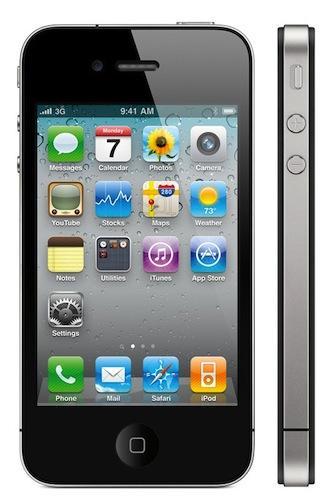
What's Good: Gorgeous screen, front-facing camera, 5.0-megapixel rear-camera, revised design, and stellar battery life.
What's Bad: Some potential issues with reception and proximity sensor; iOS4 is improved, but is missing a few key features.
The Verdict: Like any device in its first production run, iPhone 4 has a few issues that I expect to see worked out in the coming weeks. Otherwise, the device offers some fantastic features and is worthy of a look.

600,000 pre-orders. 1.7 million estimated devices sold on day one. After weeks of excitement post-WWDC, the Apple iPhone 4 has launched and is available to anyone with time, $200-$700 (depending on your upgrade eligibility - or lack thereof), and patience. As the first substantial revision to the iPhone line since the 3G model, iPhone 4 offers some awesome improvements in addition to the new design - the new Retina Display, a front-facing camera for video calling via Apple's FaceTime, a 5.0-megapixel camera with LED flash, and improved battery life, just to name a few. Despite that, Apple's iOS4 is missing a few features that we've seen for some time now on competing operating systems. In 2010, is this the smartphone to have?
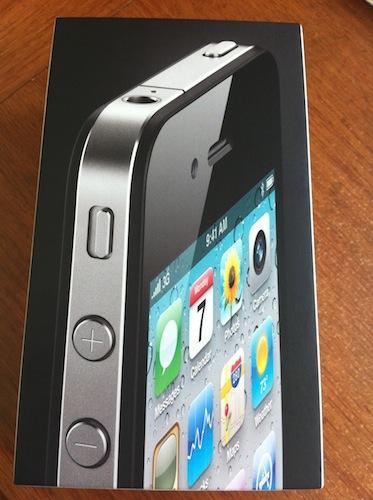
Apple ships the iPhone 4 in a revised box with the device, earphones, USB cable, an AC adapter dongle, and instruction manuals. At first glance, be it from press photos or from a distance, iPhone 4's industrial build and flat back make it look larger than its predecessors. At 4.5 inches long by 2.31 inches wide by 0.37 inch thick, it's noticeably smaller in the hand, and at 4.8 ounces, it's light enough to fit into a pocket or purse without issue. The 3.5-inch Retina Display is gorgeous, and gives AMOLED screen technology a run for its money. Colors are crisp, vibrant, and easy to see in direct sunlight. I see the improvement the most when it comes to text - even at maximum zoom, there's no distortion.
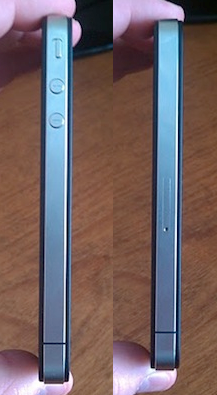
The left side of the iPhone 4 houses the two volume buttons (they're no longer attached) and sound/silent toggle, while the microSIM card slot can be found on the right side of the device. The camera and flash are located on the back of the device, while the power button and 3.5mm headphone jack are on the top. Like iPhones of the past, the charging port is an Apple proprietary port, and can be found on the bottom of the device, beside the speakers. On looks alone, the iPhone 4 is my favorite device on the market. I've always been a fan of the industrial design in anything - houses, technology, cars - and the device doesn't disappoint. The metal edges and glass front and back scream "high quality," and I consistently felt like I was carrying a device that was worth more than $199 on a subsidy.
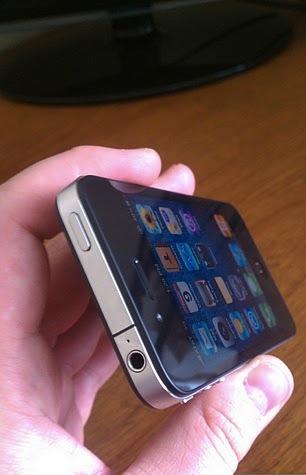
As you would expect with a device that's essentially surrounded by glass, it's fragile. Apple claims the glass surrounding the iPhone 4 is strengthened and "30 times harder than plastic," but don't take that for granted - the device is extremely breakable. Don't believe me? Check out some of the videos that are circulating around the internet. People dropping their devices once or twice are experiencing broken glass. Yes, a case helps, but a few users have reported broken devices despite having the protective enclosure. I can't help but sit here and think about how clumsy I am. In two years of ownership, if I was to drop this device once, I could be at risk of needing a replacement. At the very least, get a case.

As you would expect from Apple, exact iPhone 4 specifications aren't known. Like the iPad, the iPhone 4 offers Apple's custom A4 chip, and the current guess is that it's running somewhere around the 1 GHz mark. RAM is rumored to be at 512 MB, up from 256 MB on the iPad and iPhone 3GS. Surprisingly, Apple decided to stick with the 16 GB and 32 GB offerings, instead of jumping to 32 GB and 64 GB.
Apple's iOS 4 is installed on the device, and offers new features like "multitasking" (which is really fast application switching), iBooks, threaded e-mail inboxes. It's not the multitasking that you would expect if you're coming from webOS or Android, but you can now run applications like Pandora in the background. Essentially, apps "freeze" in place until you return. So if you're filling out something on the web, switch to Pandora, and come back, it should be in the same place that you left it in.
All in all, it's a nice revision over iOS 3, but I feel as if iOS4 has fallen behind in the mobile OS race since it came to market in 2007. First, the iPhone is in desperate need of an updated notification system. Most notifications on the iPhone are delivered via an obtrusive pop-up. SMS, push notification, missed calls - they're all delivered using the archaic method. I'd like to see Apple develop a more productive and unobtrusive notification method like that found on Android or webOS. A simple envelope or phone icon would be a perfect start. Widgets are another crucial element that Apple has left out of the fold. Throughout my testing, I found myself missing the convenience of quickly checking the weather without opening an application.
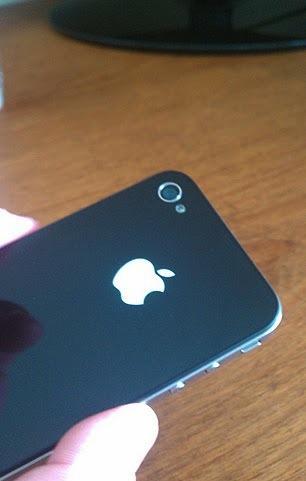
The iPhone 4 offers two cameras - a 5.0-megapixel rear-facing one with an LED flash, and a VGA front-facing camera for chatting via FaceTime. During the WWDC keynote, Steve Jobs made the argument that megapixels weren't everything; rather, increased photons played a role. For a 5.0-megapixel call phone camera, pictures are fantastic. Even in low-light situations, the LED flash compensated enough to make the picture look good. Obviously, it's not going to compare to the high-end digital cameras on the market, but it's one of the best cell phone images I've seen, and rivals the 8.0-megapixel options out there. The VGA front-facing camera works as you would expect. The picture isn't amazing by any means, but the quality was surprisingly good when I tested FaceTime in a low-lit room. Editing options are all but non-existent - you can change the flash settings, change which camera to use, and zoom, but that's about it. Apple's FaceTime service is easy and fun to use, though the "Wi-Fi only" restriction could be frustrating for those that are always on the go.
I've tested the iPhone 4 in the Charlotte area, and have had no problems making or receiving calls. Call quality is far better than previous iPhone models, and my callers have told me that they've had no issues hearing me. During my testing, I tried to duplicate the left-side reception issue that's plaguing users across the world to no success. In five different high and low signal areas, it hasn't dropped a single bar yet. When testing the device in an AT&T fringe area in Charlotte, I never dropped below one bar of service, and was able to hear my caller. Speakerphone was loud and worked well, and I was able to pair two of my Bluetooth headsets to the device without issue.
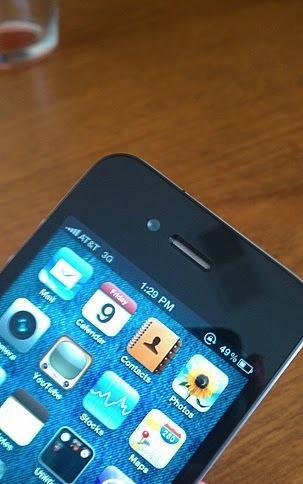
At two points throughout my testing, I was hit with the proximity sensor issue. Two days after I purchased the device, I was chatting while laying on the couch. All of a sudden, the device tried to start FaceTime, switched off of speaker, flashed on and off, and hung up unexpectedly. Four days later, the phone did something similar while I was sitting in a coffee shop, which also resulted in me losing the call. It's frustrating, though I'm hoping it'll be addressed in a future update. If you're like me and frequently balance your device on your shoulder, be warned.
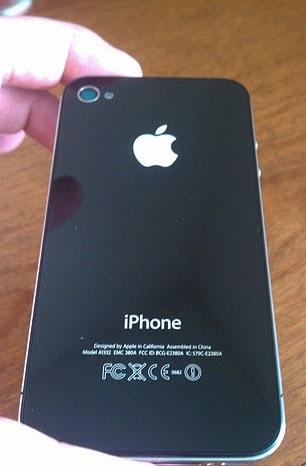
Battery life is shockingly fantastic on the iPhone 4. When I read the early reviews, I dismissed the battery life praise, assuming that it was a new device and people were exaggerating. With moderate use including calling, text messaging, use of apps, e-mailing, internet use, and listening to music, I have been able to stretch it out over three days before the device required a charge. In my heavy usage tests (which involved more calls and e-mails), I made it between 26 and 31 hours before the iPhone 4 powered off. It's a drastic improvement over past iterations of the device, and much better than most smartphones on the market today. A year ago, I struggled to make it through a day with the 3GS, and now, I'd place the iPhone 4 right behind the BlackBerry 9700 in the battery life department.
The iPhone 4 supports 3G connectivity (HSPA 7.2 Mbps), and as a result, anything data-related worked well. The CNN Mobile page loaded in about six seconds, and PhoneDog's page loaded in about 19 seconds. Data-centric apps like The Weather Channel, Fandango, BBC News, Twitter, CNN, and fring loaded quickly without any lag.

When comparing iPhone 4 to iPhone 3GS, I feel like I'm working with a whole new device. Revised OS (though 3GS users can get iOS4 too), better screen, front-facing camera, improved rear-facing camera, significantly better battery life. If you're an iPhone fan or a user that's looking for a capable smartphone, iPhone 4 is certainly worth considering.
That being said, iPhone 4 isn't without faults, both on the hardware and software side. I can attribute most of the hardware issues to the first production run (and if we're holding everyone accountable here, most high-profile devices have issues when they launch), but iOS4's lack of widgets and a good notification system do concern me. Is it going to affect them in the short-term? Obviously not, as 1.7 million estimated devices were sold on launch day. But as the Android platform grows and customers become used to utilizing widgets and a more intuitive notifications system, persuading customers to switch could become harder as time goes on.
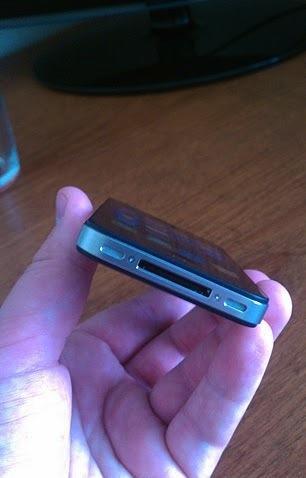
The biggest Achilles' heel on the Android side has been the pace of innovation. Having worked in wireless for years, I'm used to the relatively quick pathway to obsolescence that mobile phones have, but it's exponentially faster with Android. In the span of a few months, we've seen the HTC DROID Incredible, EVO 4G, Aria, Motorola DROID X, Samsung Vibrant, Fascinate, Captivate, Epic 4G, and Intercept. While Android growth is impressive in every sense of the word, you're buying an Android device and watching it become obsolete (or at the very least, replaced by something newer) in 8-10 weeks. Even with the realization that built-in obsolescence is hitting cell phones faster and faster, it still shocks me.
Apple is in a unique position because they're directly responsible for the lifecycle of the device and its software. When I purchase an iPhone, Apple's history tells me that I have a year before the device becomes obsolete. What's more, given Apple's short tenure in the mobile business, there's only four devices - one of which has been thrown into true obsolescence (original iPhone). Say what you will about Apple, but they've done a decent job of supporting their older handsets.
From a design perspective, iPhone 4 is absolutely beautiful, and from a smartphone perspective, it's still at the top of my list. But looking at the smartphone market in 2010, innovation has opened the gates to several worthy alternatives - Android, iPhone, and webOS, just to name a few. Be sure to spend some time in store with each before you make a final decision.
Check out Noah's experiences with his iPhone 4 review, or go in-depth with Adriana's 5 part iPhone 4 review series.